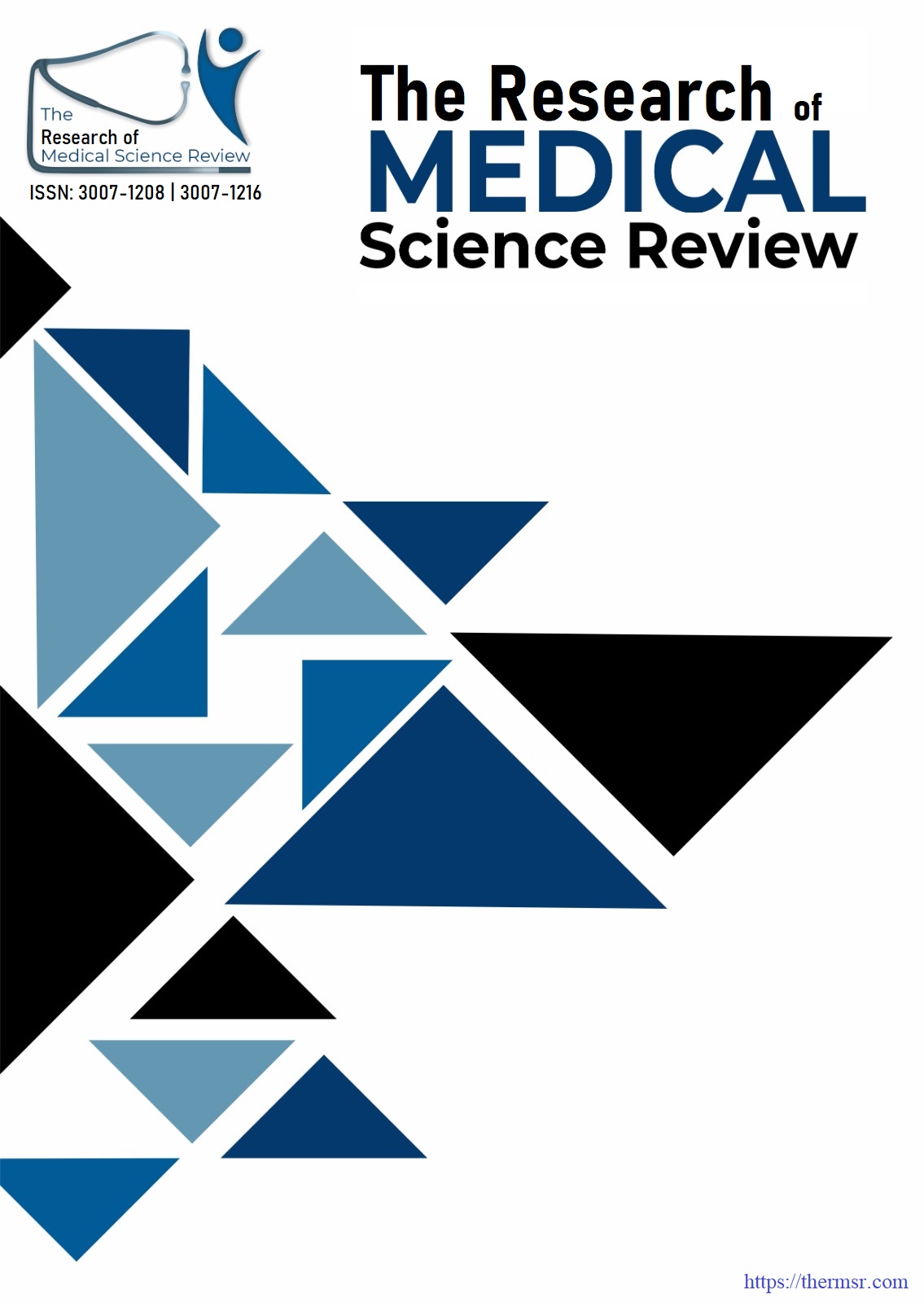MICROBIAL BIOMARKERS IN CANCER EARLY DETECTION AND PROGNOSTIC BREAKTHROUGHS
Main Article Content
Abstract
Finding microbial biomarkers for cancer has become a ground-breaking strategy in oncology, opening up new possibilities for prognostic evaluation and early identification. The intricate communities of microbes known as microbiomes within the human body are now understood to have a crucial role in the initiation and spread of cancer. Researchers have detected unique microbial signatures linked to different diseases, such as Helicobacter pylori in gastric cancer and Fusobacterium nucleatum in colorectal cancer, thanks to advancements in metagenomics and next-generation sequencing technology. These micro biomarkers have the potential to be used as non-invasive cancer screening techniques in addition to providing information on the genesis of cancer. Furthermore, as certain microbiome patterns have been connected to patient outcomes, treatment responses, and resistance mechanisms in immunotherapy and chemotherapy, the predictive potential of microbial biomarkers is garnering interest. Personalized cancer treatment might be transformed by incorporating microbiome analysis into clinical practice. This would enable earlier identification, more precise risk assessment, and customized therapeutic approaches based on each patient's microbiome composition. Despite its potential, the field currently needs help with standardizing procedures and figuring out how microbial dysbiosis and carcinogenesis are related. Nonetheless, microbial biomarkers constitute a new area in cancer research, potentially enhancing early diagnosis and prognosis in the coming years
Downloads
Article Details
Section

This work is licensed under a Creative Commons Attribution-NonCommercial-NoDerivatives 4.0 International License.
